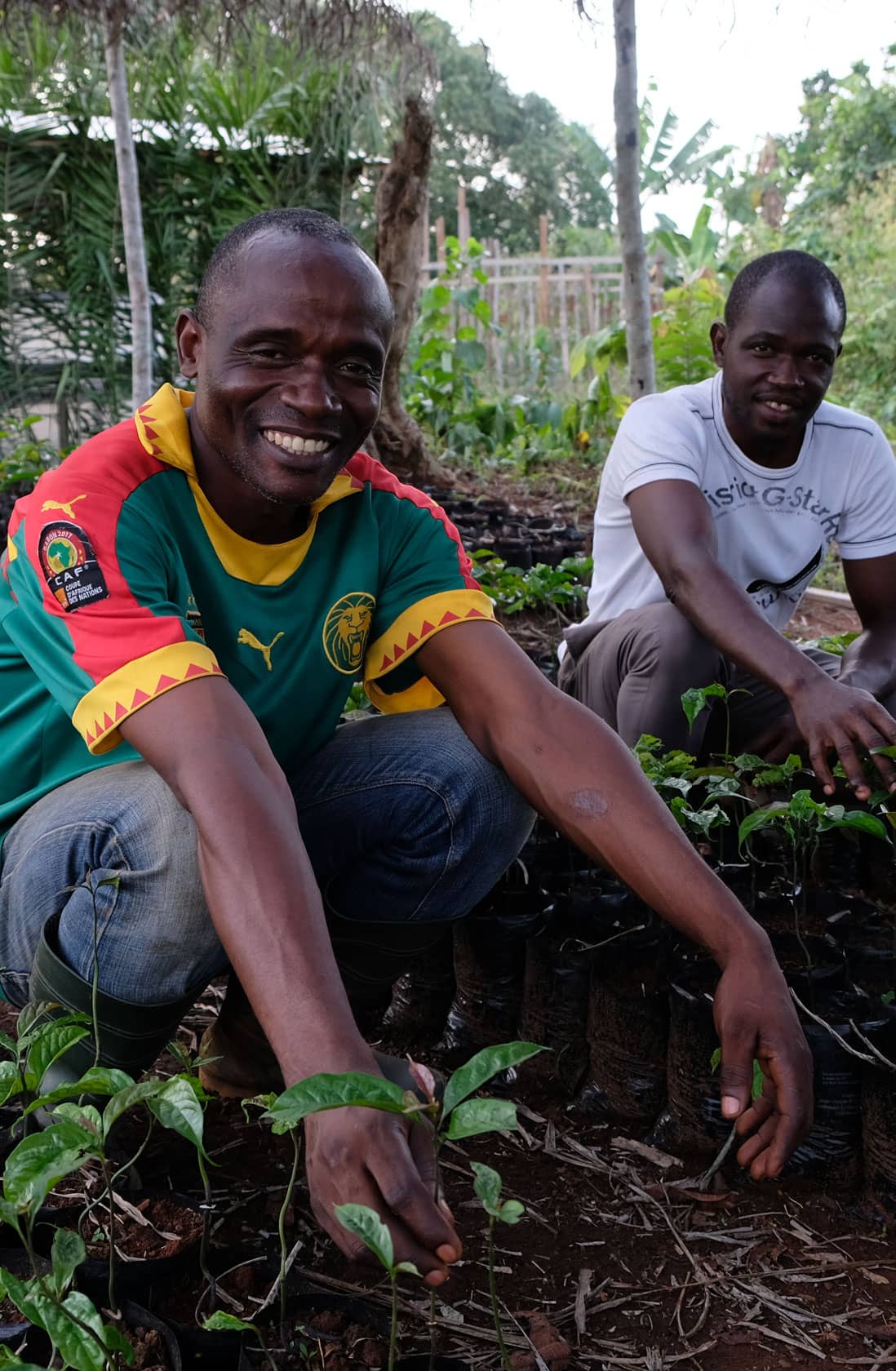The transformation of the Crelicam mill, together with the research and reforestation efforts of the ebony project, has not gone unnoticed. Senior delegations from the World Bank, The U.N. REDD+ program, the U.N. Food & Agriculture Organization, and the U.S. Forest Service International Programs have visited Crelicam, CBI, and partnering communities involved in replanting. As a direct result, Taylor Guitars was invited to the United Nations Climate Change Conference in Bonn, Germany, in November 2017 to sign a Public-Private Partnership agreement with the Cameroonian Ministry of Environment. The agreement will lead to a formal analysis of the ebony project to determine if it can be scaled up and extended across southern Cameroon.

